Last month I wrote about an ongoing debate over what had been dubbed the “vibecession.” The basic idea is that as inflation came down to more manageable levels people’s feelings about the economy (as measured in polls and consumer confidence indicators) didn’t seem to be improving much. It was as if consumer sentiment had become detached from what the numbers were telling us.
In response there were basically two camps. One camp argued that the economy wasn’t as good as the numbers made it appear. In other words, people were still being rational they were just responding to factors that were not being captured by employment, inflation and other economic indications.
The other camp argued that no, the public sentiment had indeed become detached from reality in some way. Even though the economy was doing pretty well, people somehow didn’t trust it. They were responding to bad vibes, i.e. no matter what the numbers said, it didn’t feel like a good economy to a lot of people. That was true even for Biden voters:
Now, as President Biden looks toward a re-election campaign, there are warning signals on that front: With overall consumer sentiment at a low ebb despite solid economic data, even Democrats who supported Mr. Biden in 2020 say they’re not impressed with the economy.
In a recent New York Times/Siena College poll of voters in six battleground states, 62 percent of those voters think the economy is only “fair” or “poor” (compared with 97 percent for those who voted for Donald J. Trump).
This is obviously not good news if you’re a Democrat. So some people upset about what the vibes were doing to Biden’s reelection chances specifically blamed those bad vibes on conservative media which they said was telling people not to believe their own eyes for purely partisan reasons. The vibes were also pointed to as an explanation for Biden’s low approval numbers. It wasn’t his fault, it was the vibes.
Whatever you think of these competing arguments, it’s true there are plenty of signs the economy is doing pretty well. For example, the S&P 500 and the Dow Jones Average both hit record highs today. What would it take to make people shake off the vibecession?
According to some new data out today, the vibecession may finally be over or at least improving.
Consumer sentiment, a window into the nation’s financial mood, jumped 13 percent in January to its highest level since mid-2021, reflecting optimism that inflation is easing and incomes are rising, according to a closely watched survey by the University of Michigan. Since November, consumer sentiment has risen 29 percent, marking the largest two-month increase in more than 30 years.
Gas prices, often a key driver of sentiment, have fallen 40 percent since June 2022, to just over $3 a gallon. Weekly jobless claims are at their lowest level in more than a year. Sales of cars, clothing and sporting goods all picked up during the holidays, as consumers felt confident enough to keep spending…
“We’re seeing a continuation of the surge in sentiment we saw at the end of last year,” said Joanne W. Hsu, an economist at the University of Michigan and director of its consumer surveys. “If anyone was wondering, ‘Was December a fluke?,’ it is absolutely clear now that it wasn’t. This is a sign that consumers are feeling better. Their confidence has come back.”…
Democrats are cautiously optimistic that improving views of the economy will boost President Biden’s chances in the election, after months when inflation and voter fury over the economy appeared to be intractable political problems.
Of course improving consumer sentiment doesn’t actually settle the question about why it was low in the first place. Was it just vibes or was it something more tangible?
Consumer sentiment has clearly lagged behind relatively optimistic hard economic data over the past few years. But Wells Fargo’s chief economist Jay Bryson told Fortune that there are a few logical reasons why this was the case.
First, in 2021 and throughout most of 2022, real wage growth—nominal wage growth adjusted for inflation—sank for the first time since 2014 as consumer prices soared. The reality was, at least for a few years, Americans’ wages simply didn’t keep pace with soaring goods and services prices…
The other key reason that consumer sentiment was so low for so long was Americans’ inexperience with inflation. “My hypothesis on that is, we really haven’t had inflation to speak of for a long time … so many people alive today have not experienced inflation until the last few years,” Bryson said, arguing that this meant it has taken Americans “a few years to get their minds around the fact that prices aren’t going to go back down.”
That argument will likely go on but the more significant point is that as consumer sentiment improves that should improve Biden’s polling numbers and that would obviously be welcome news to a lot of Democrats. I guess we’ll see over the next few weeks if polls show an improvement. Maybe people will go back to thinking things are good enough that Biden deserves some credit. Or maybe sentiment will improve but his poll numbers won’t. It is possible that a lot of people have decided Biden is just too old for the job even if the economy is doing okay.
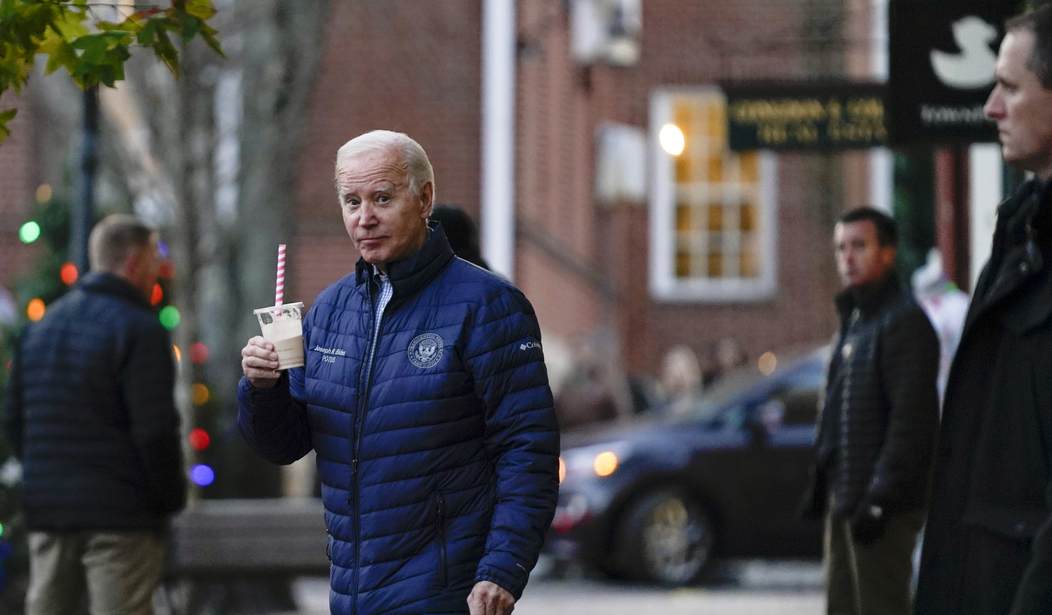
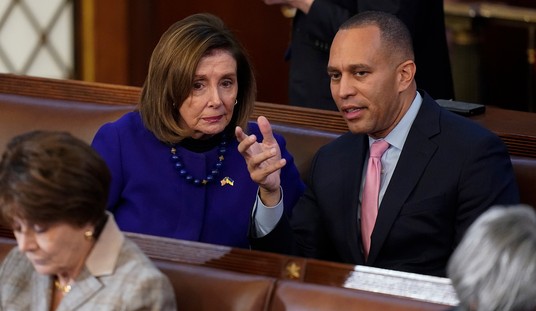
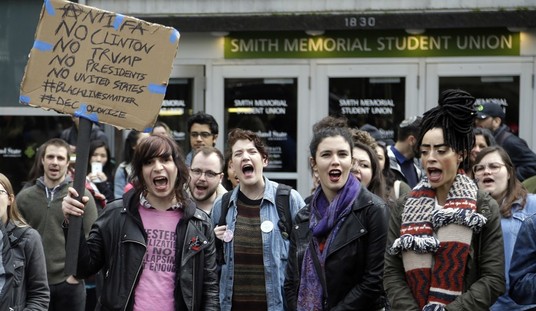

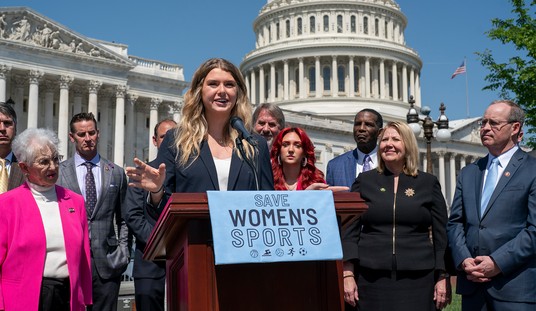

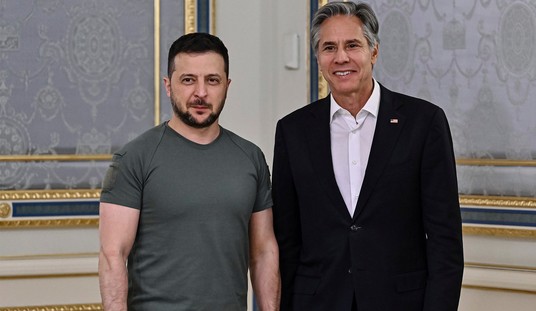
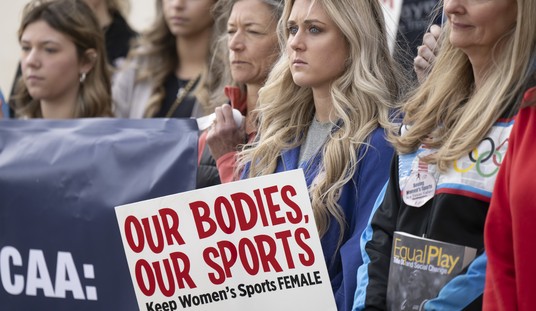
Join the conversation as a VIP Member